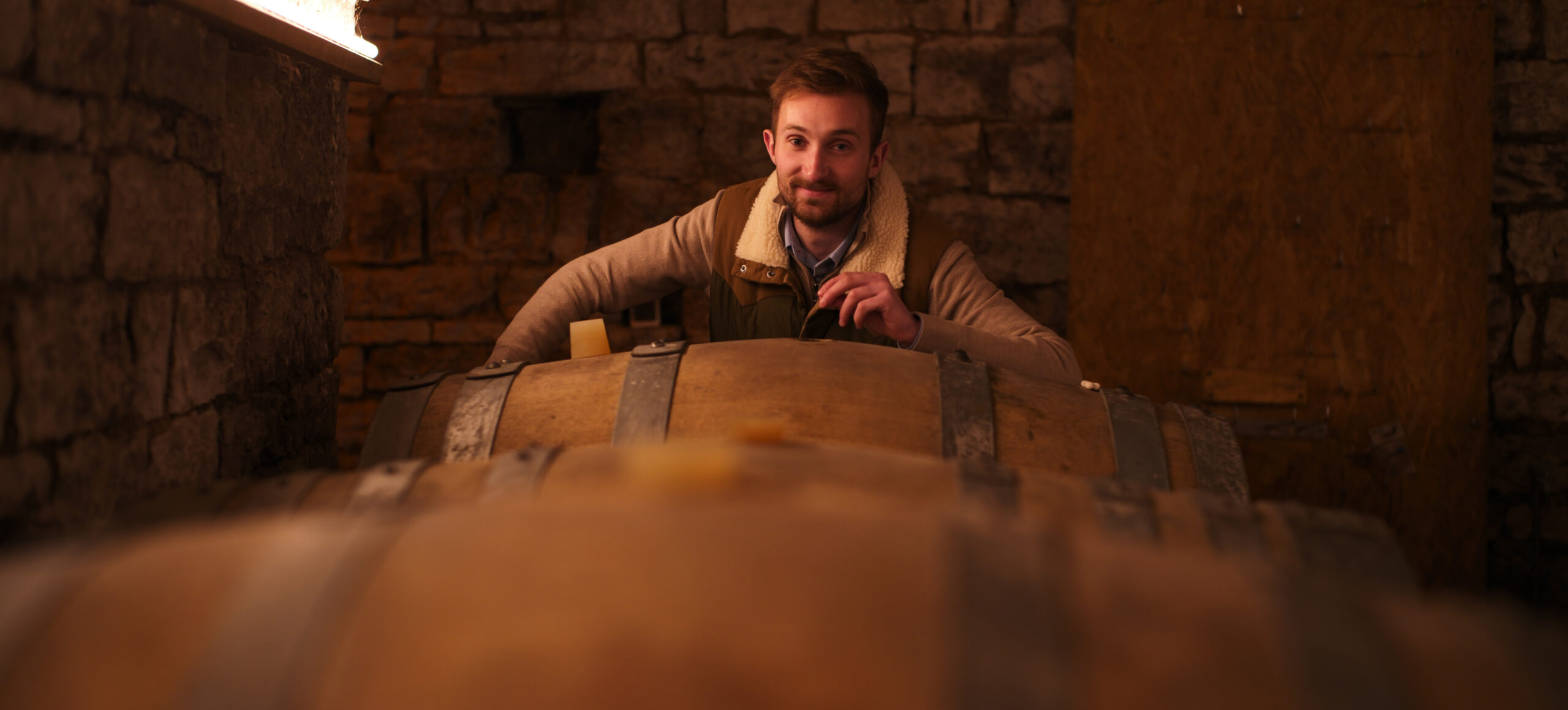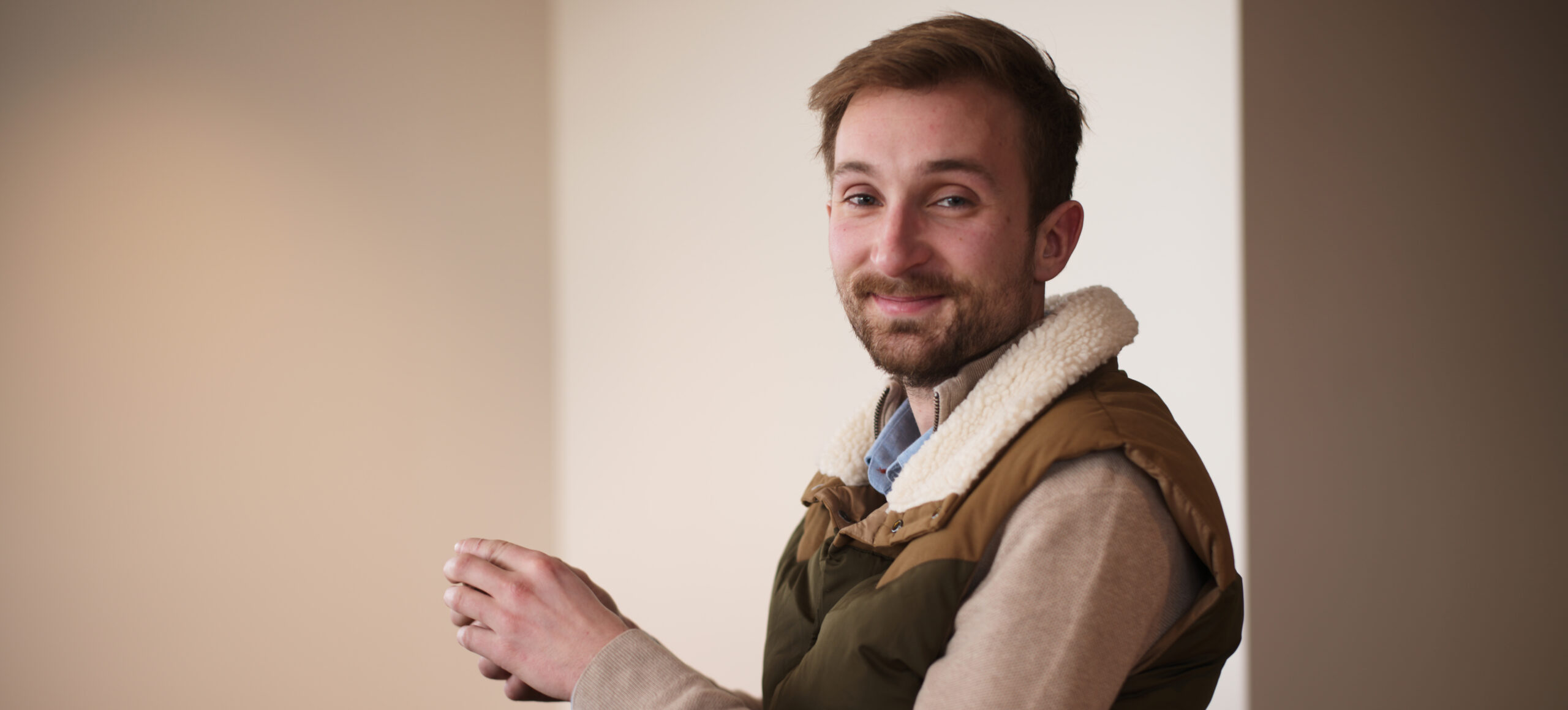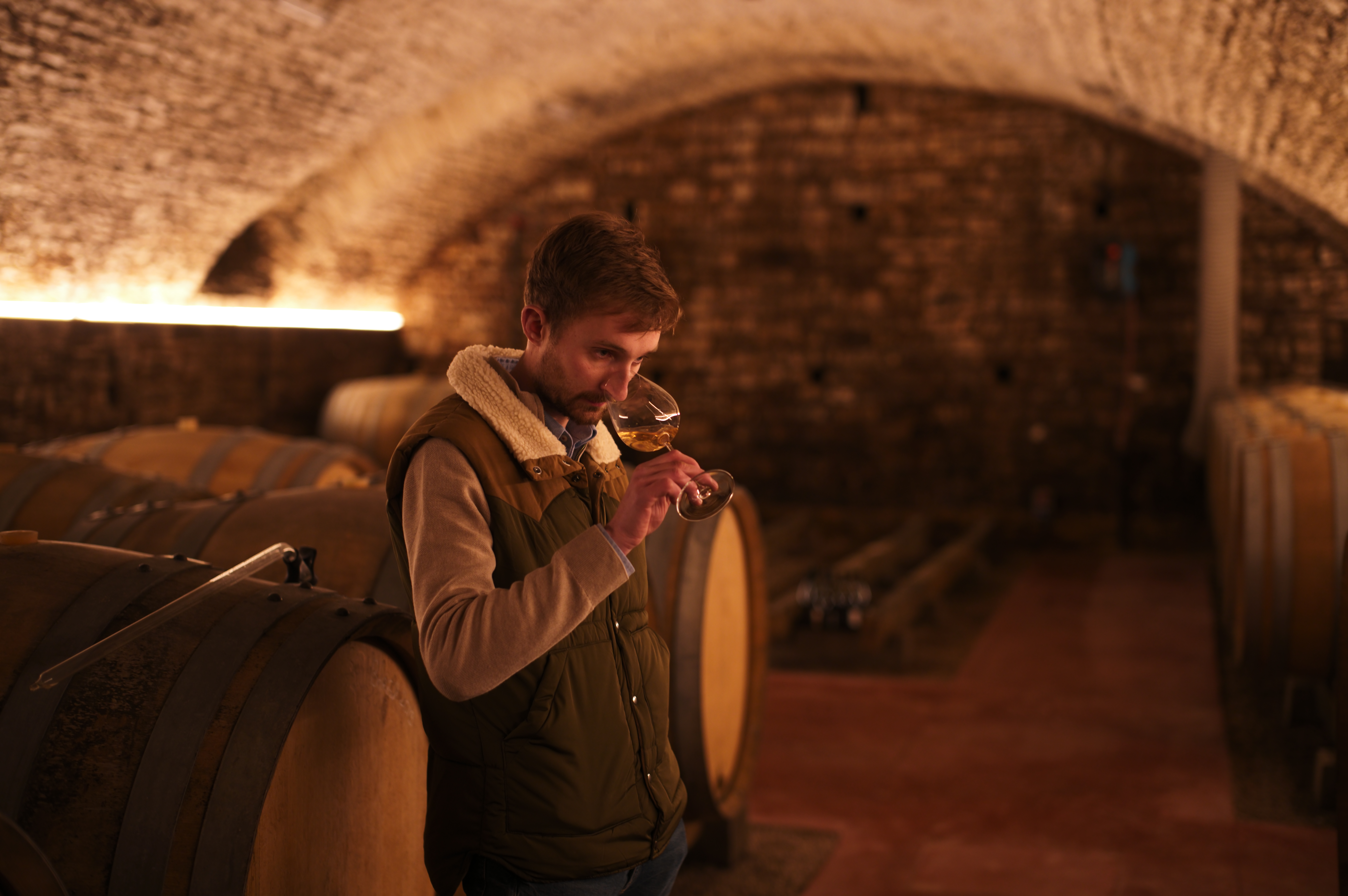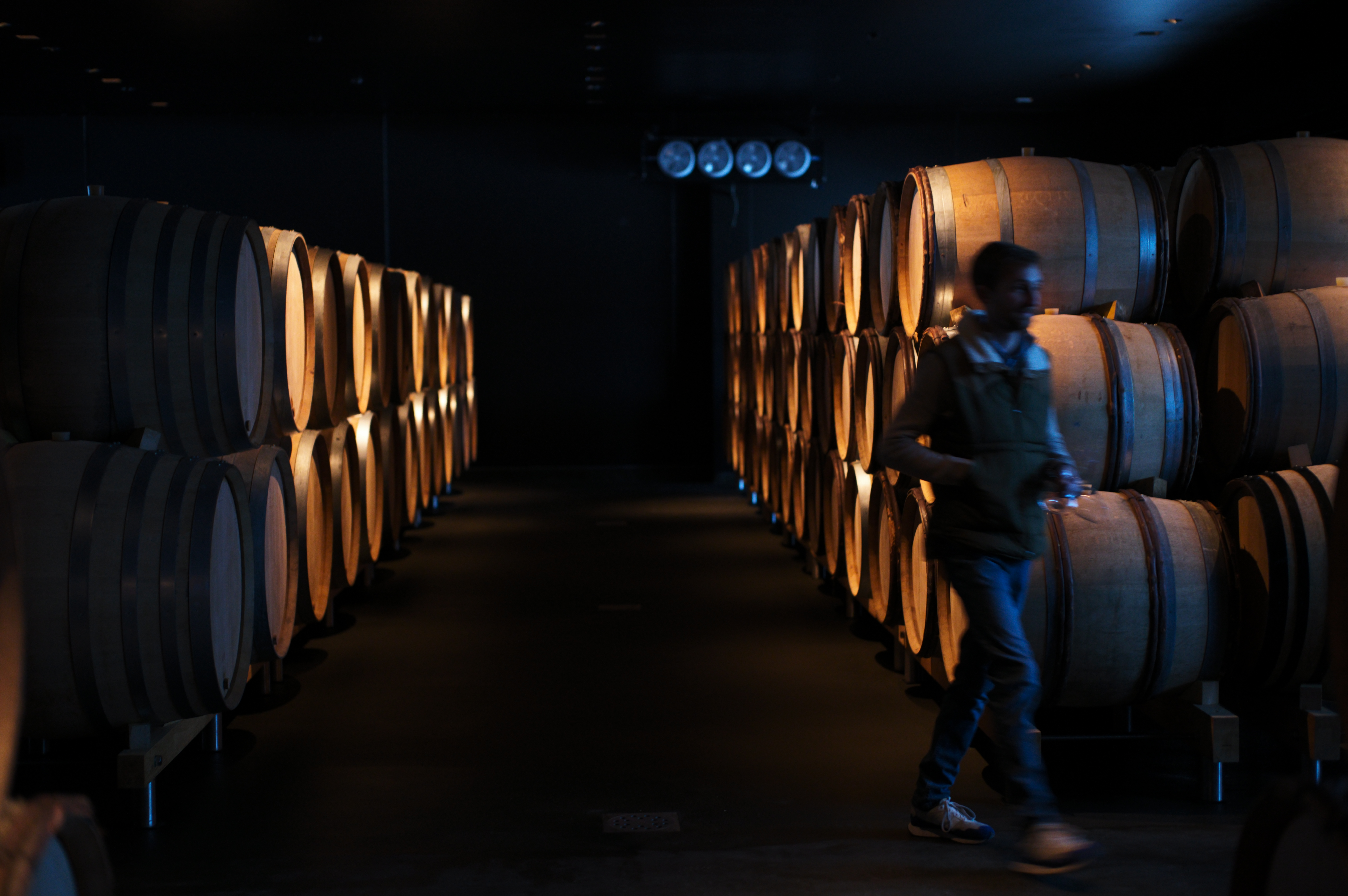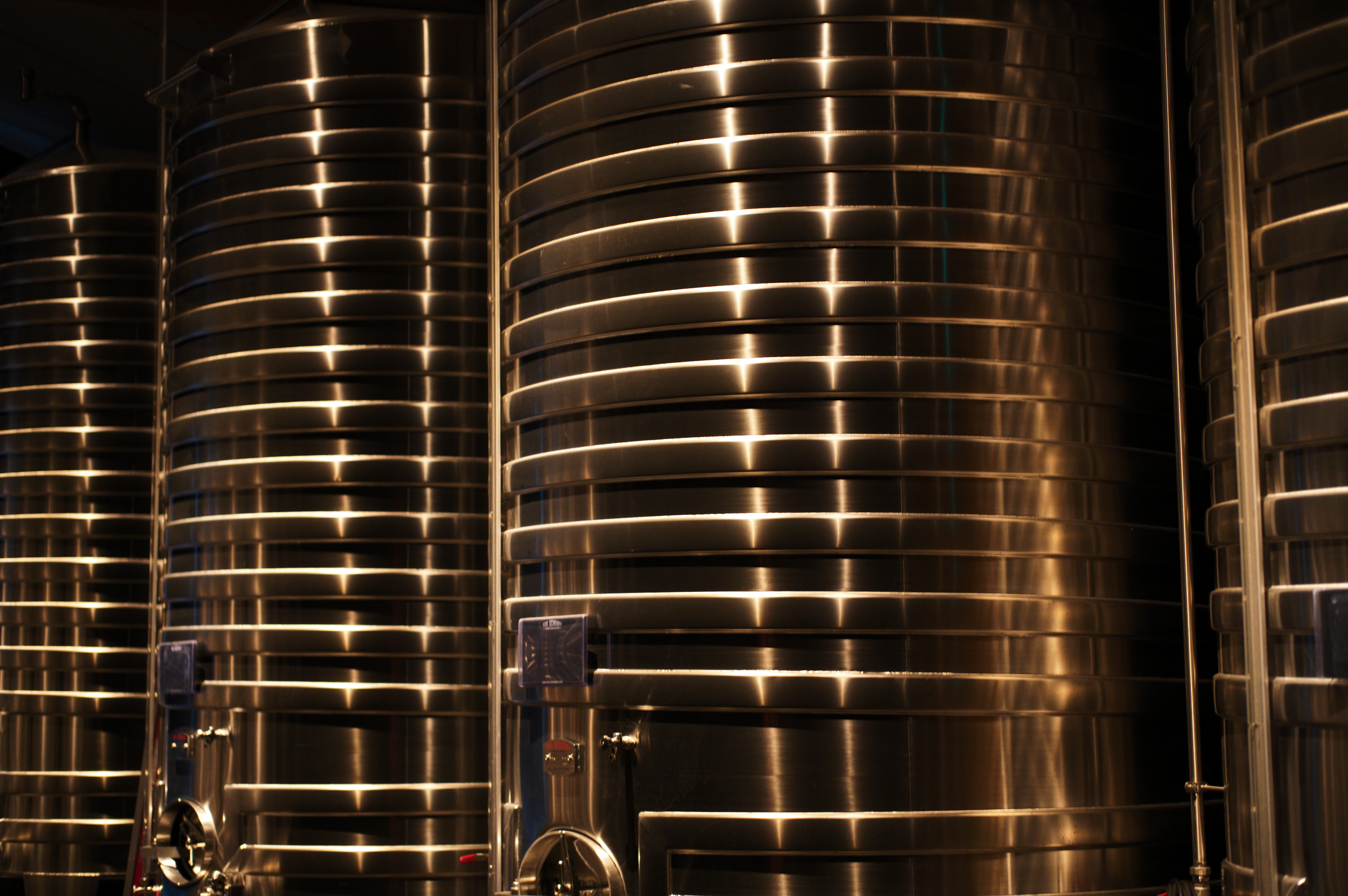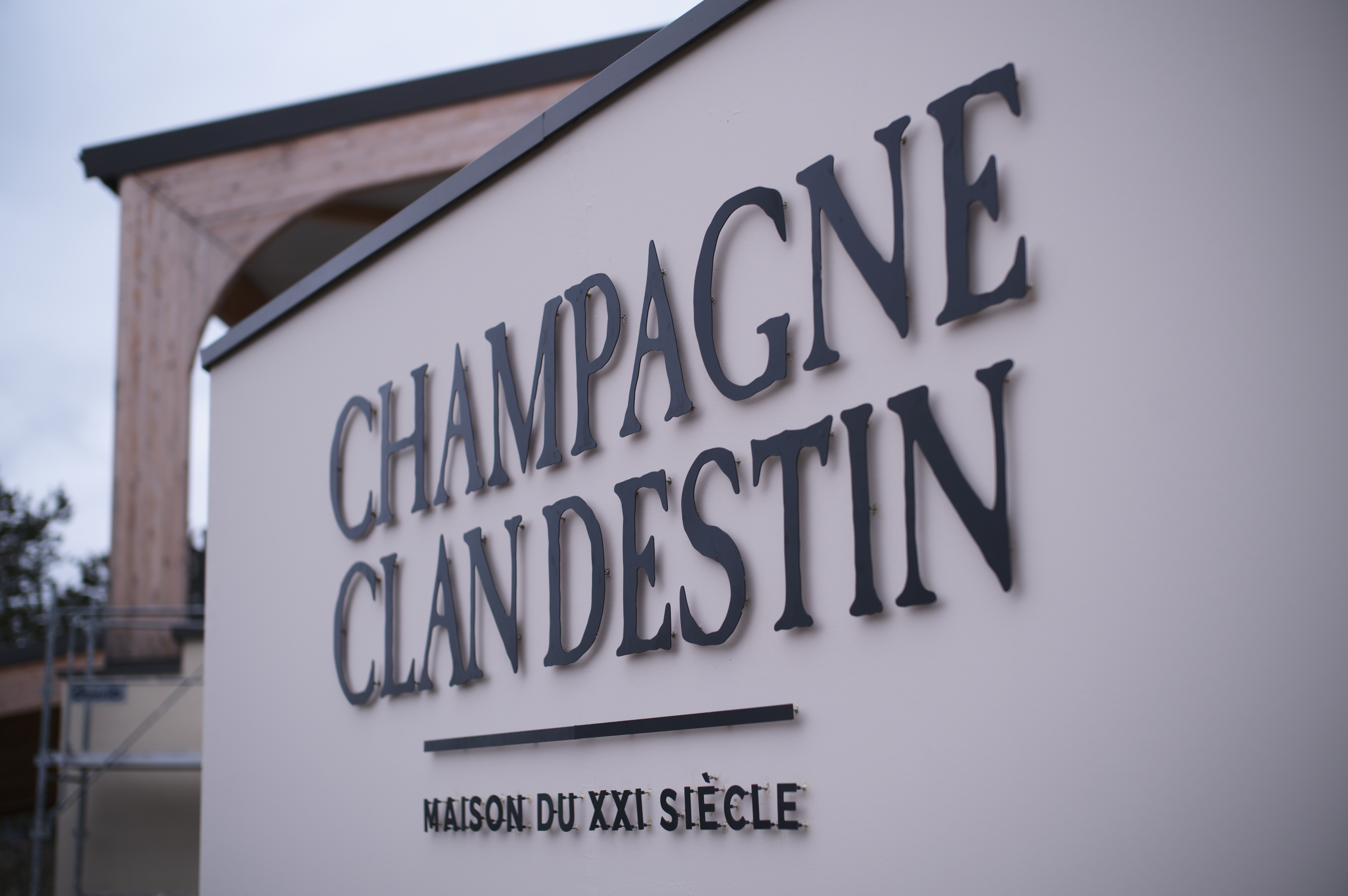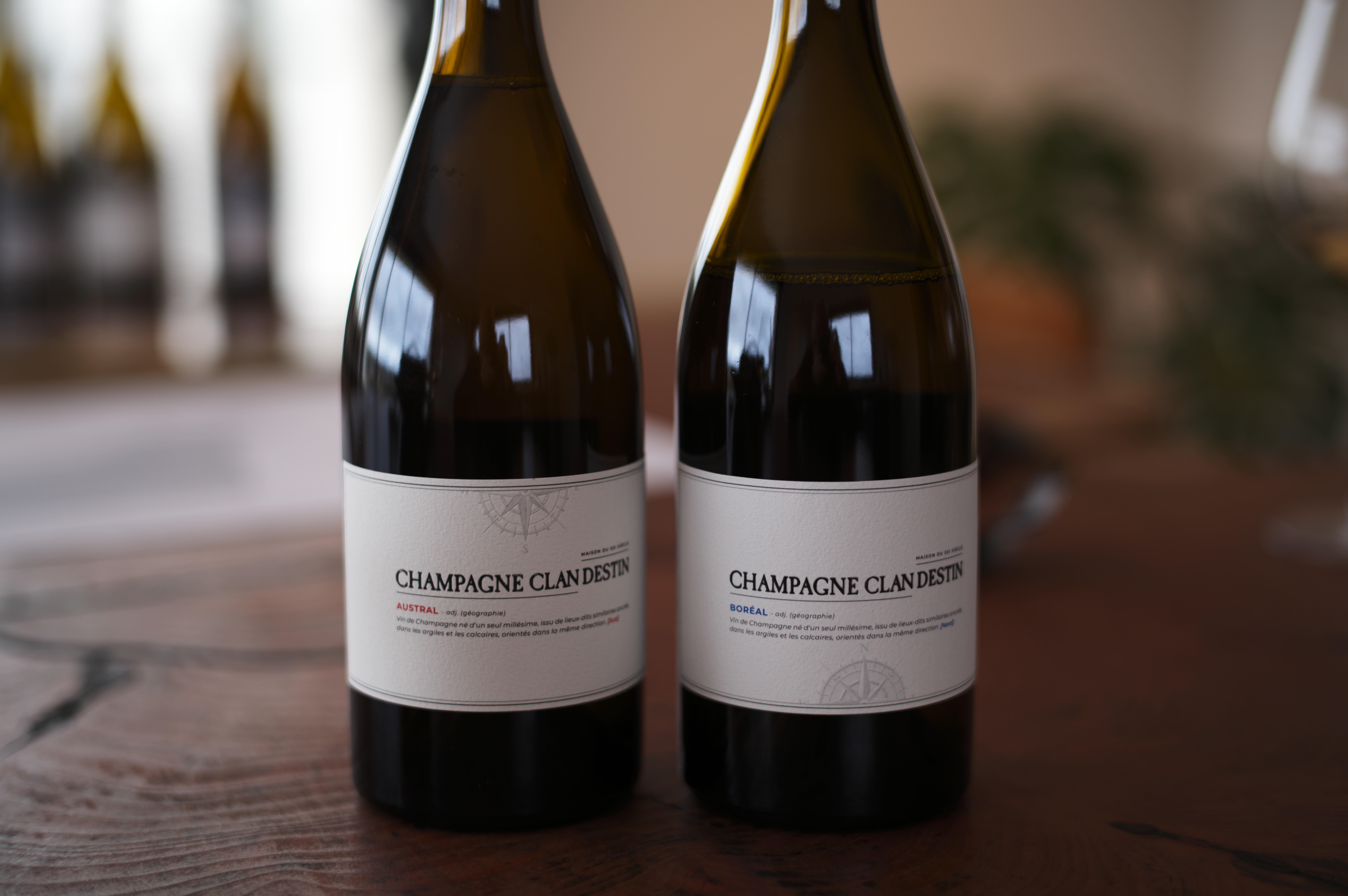Benoit Doussot of Champagne Clandestin is one of the most exciting young producers in Champagne, though one who has taken a distinctly different track than most of his contemporaries. Often, when we think of young producers in Champagne (or elsewhere), it is a story of slowly taking back their family’s vineyard land, extracting themselves from contracts and beginning to make wine from their ancestral holdings, or even parceling off a small portion of an existing family enterprise to do a smaller, focused project with a different vision from the traditional family Domaine. These scenarios have been the story for the last two generations and, in essence, is the foundation of the Grower Champagne movement.
Originally from Burgundy, Benoit did not have family vineyards when launching his project. Instead, when he began Champagne Clandestin in 2015, he employed a different model, and paired with a group of bio-certified growers across seven different villages in the region who at the time were selling their grapes to local co-ops, but had converted to Biologic farming and were having a hard time convincing the co-op to pay more for higher-quality, naturally-farmed grapes. His concept for Clandestin (meaning hidden”, secret, or undercover) is inspired by the untapped potential of these talented, progressive growers, and explores vinification based on specific soil types and expositions.
After studying winemaking in Beaune, Benoit worked from 2012 to 2016 with Jean-Philippe Fichet, a producer in Meursault whose dedication to quality through meticulous work in both vineyards and cellar have made his exceptional wines highly sought-after. Like Doussot, Fichet’s family didn’t own much land, so he created Maison Clandestin by cobbling together a range of top vineyards from parcels owned by other locals in the area. In Fichet’s case, this was possible through a series of long-term leases, and fermage and metayage agreements. Benoit says his mentor Fichet left a deep impression on him and his winemaking, and a through line can be seen in a visit to both cellars where each are pantheons to precision winemaking.
From 2016 to 2020, following his fruitful stint with Fichet, Benoit worked alongside Bertrand & Helene Gautherot at Vouette & Sorbée, developing his understanding of the different villages and soils in the region while simultaneously working on his own project. Benoit developed friendships and then partnerships with growers in the western and eastern edges of the Côte des Bar. The growers are all certified biologic and manage the vineyards until harvest when Benoit and his team pick the fruit. To honor the characteristics of these terroirs, each parcel is harvested and vinified separately. Benoit remarks that the work is very cooperative and that the growers all make their own wine too, so there is a shared and fastidious emphasis on producing the best quality grapes. Harvest is always entirely by hand and the fruit quickly delivered to his cellars in Landreville, located in the middle of the Barséquanais.
One of the keys to understanding Benoit’s process lies in his understanding of the different geological layers in the Aube. He has worked extensively with renowned soil scientists Claude and Lydia Bourguignon to identify different soil structures. A single hectare hillside might be divided up into three distinct sections, based on differing soils. Generally, a Portlandian layer is found near the top of the hill, while Kimmeridgian layers of assorted ages (ranging 5-6 million years) can be found in the middle of the slope. For Clandestin, Benoit has a preference for the second, or middle layer of Kimmeridgian limestone, and tries to focus his grape purchases from this geological band. And where there are more than one strata that is used, he harvests these different sections at different points, and keeps them separate during the élévage. For all wines, the grapes are pressed, and the must is racked into barrels for natural fermentation; Pinot Noir generally is fermented in 600-liter French oak, while Chardonnay is in a combination of 500-liter and 228-liter French oak.
Up until the 2021 vintage, Doussot followed a regimen of 12 months of ageing in barrel and then bottling the wines for the prise de mousse before the following harvest, with a tirage period of 15 months. That said, he is also extremely interested in the added benefit that additional aging can provide to his base wines, and has experimented with keeping some cuvées in barrel for longer élévage (2 to 5 years+), as well as with longer periods in bottle sur lattes, all for later release. This is thanks to Clandestin’s new winery, completed in 2023 and located on a hilltop in Landreville. It is the culmination of more than a decade of experimentation and work, and offers ample space for holding wines back as necessary to increase the quality and complexity of all his Champagnes. Prior to its completion, Benoit had four different tiny cellars where different parts of the winemaking process were completed. This beautiful cellar brings all of the work and dedication under one roof.
For the range at Champagne Clandestin, each year there are two Pinot Noir based wines produced: Boréal (“northern”) comes entirely from north facing parcels, while Austral (“southern”) is from south facing parcels. This separation in exposition produces two distinctive wines with completely different characters. In addition, there is the single-parcel Les Revers from south-facing Chardonnay on more Kimmeridgian based soils.
For all the wines in the Clandestin line up, there is a unique density, freshness and complexity that sets them apart. These are not “pop and pour” Champagnes, but rather wines that require the drinker to pay attention and to let the wines reveal themselves with time and aeration in the glass. It is easy to see the influences of Doussot’s mentors in his wines -- the precision and detail that is Fichet, coupled with soil transparency and a natural sense of textural aliveness that embodies Gautherot’s Vouette et Sorbée. Yet, there is also a signature all his own that shows that the student, inspired by his influences and experiences, continually pushing the envelope of quality and experimentation, has succeeded in making his own mark and creating his own paradigms. Champagne Clandestin is a truly exciting endeavor!
